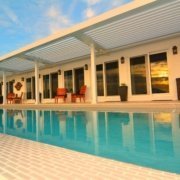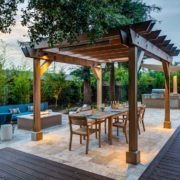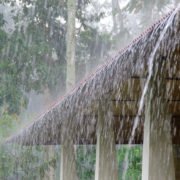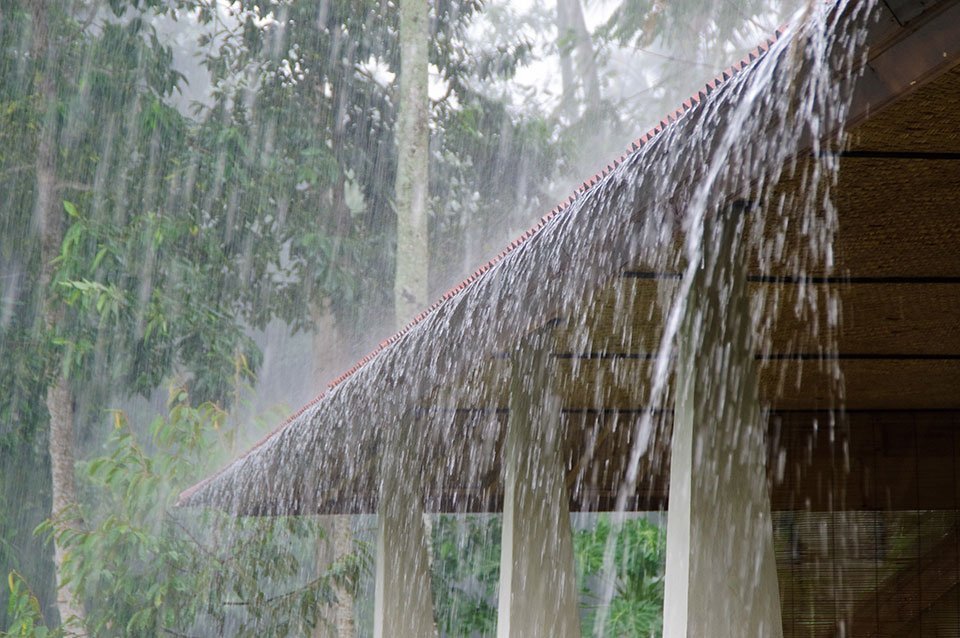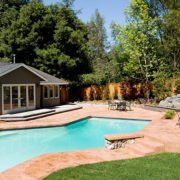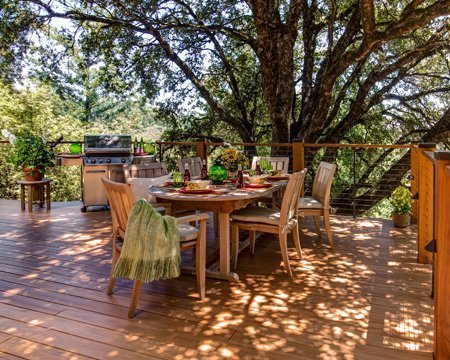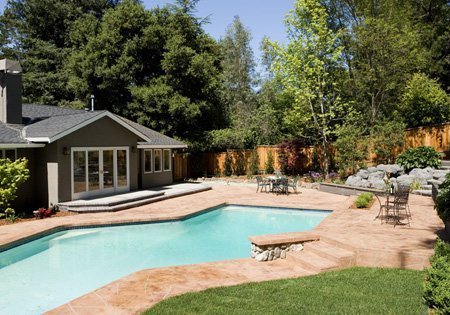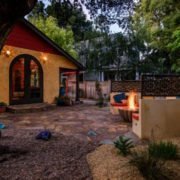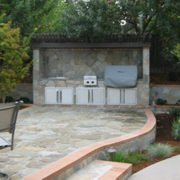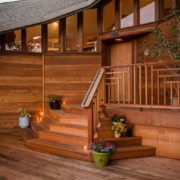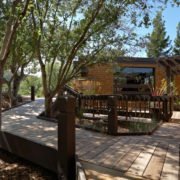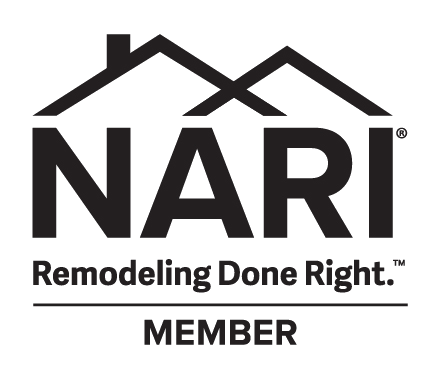Unique Outdoor Rooms Offering Sun, Shade & Shelter
Struxure’s state-of-the-art outdoor configurations fit any architectural aesthetic, from traditional to contemporary.
Outdoor living areas are one of the most sought after home improvement spaces for leisure and entertainment. One of the most challenging aspects of making these outdoor rooms both functional and enjoyable is finding that sweet spot between sun and shade while mitigating the impact of rain and other elements. Though traditional architecture offers some solutions, it also has its limitations.
Enter the revolutionary louvered outdoor structure from Struxure Outdoor (formerly Arcadia Building Products). The zero to 170-degree louvered roofing zones can be opened to a multitude of angles, providing the ideal amount of shade or sun as desired. They can also be closed completely, keeping out the rain or offering a fully shaded environment during the heat of the day.
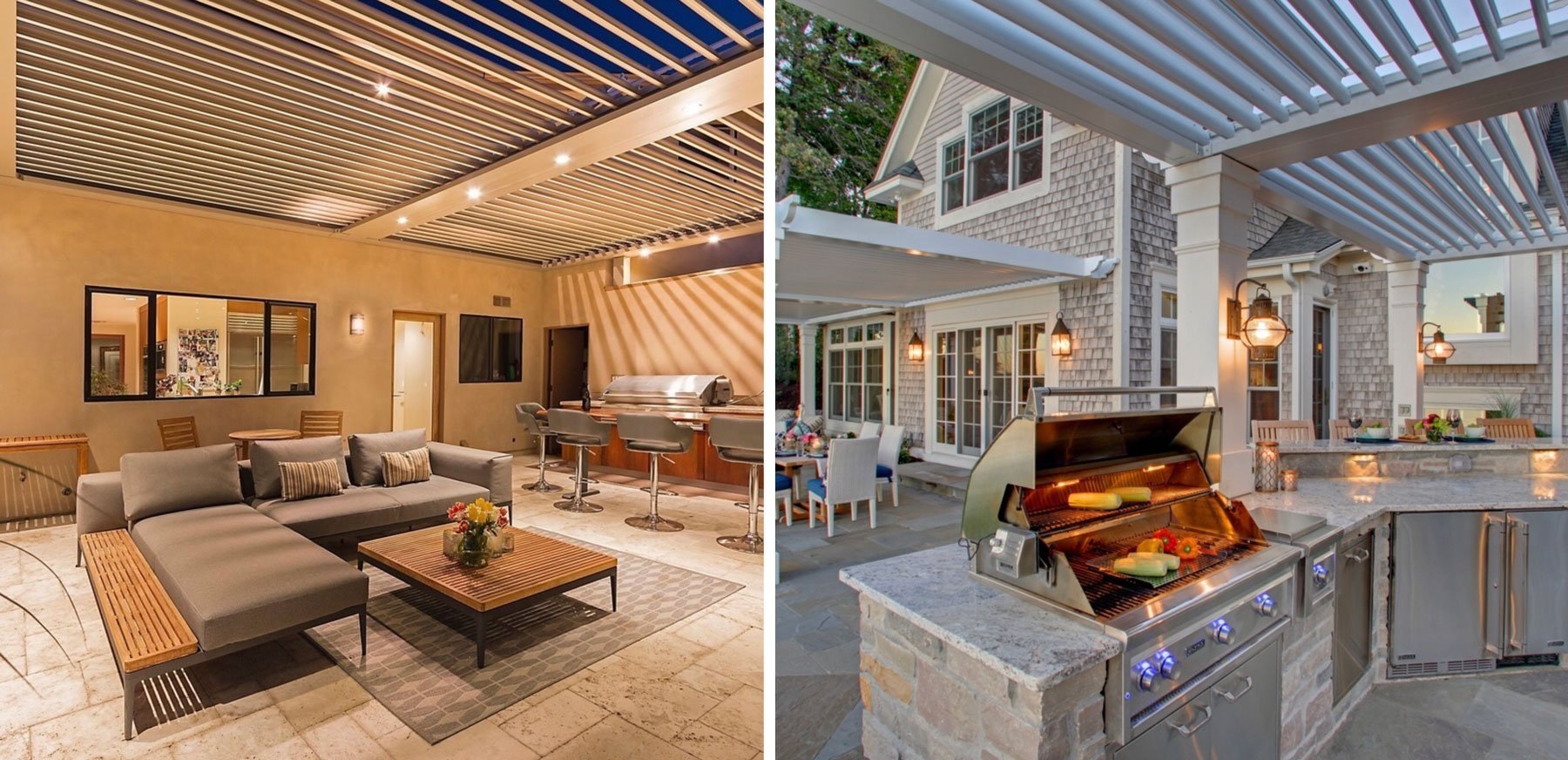
In keeping with Smart Home technology, the iLouver app allows homeowners to schedule pre-set daily open and close times as well as choose from preset louver positions. An optional rain sensor shuts the interlocking louvers automatically at the first drop of rain, funneling to the built-in gutter system that can either be directed to an existing downspout or to a downspout hidden within its posts. Electrical wiring for lighting, heaters, and ceilings fans can also be tucked away inside beams for a streamlined appearance.
“These structures originally found their foothold in the commercial realm but are now taking off residentially,” explains Harrell’s Outdoor Designer, Lisa Parramore. “The maintenance is practically nonexistent and the cost is less than building out a roof, which prevents natural light from entering into your home.”
The epitome of distinct outdoor luxury, these scalable structures can be designed for spaces large and small, including patios, courtyards, decks, swimming pools, entryways, verandas, as well as outdoor kitchens and living rooms. Manufactured in the Unites States from durable powder coated aluminum, these innovative pergola-type structures are engineered and built to the exact specifications required in your unique outdoor space. Able to withstand severe wind and weather, homeowners don’t have to forego appearance for steadfastness and durability. Each design also undergoes a comprehensive structural engineering process, adhering to all local building requirements.
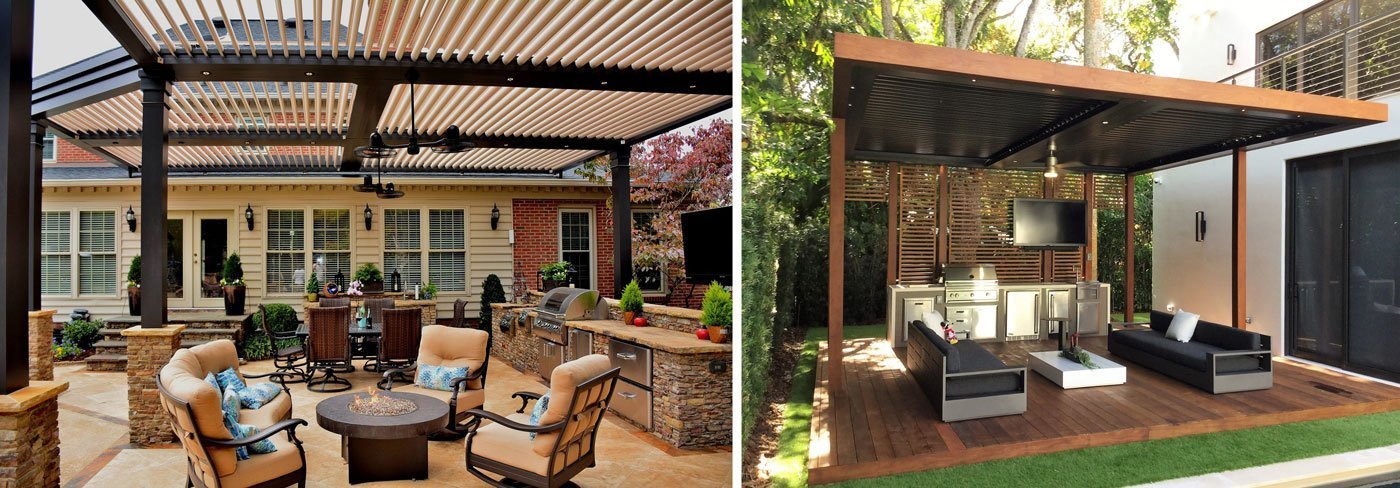
Struxure’s state-of-the-art outdoor configurations fit any architectural aesthetic, from traditional to contemporary. Clients can choose from five standard color options and a myriad of custom colors as well as optional architectural elements including traditional rafter tail and cornice designs. These high-end outdoor systems also allow your local remodeling company to customize the pergola on-site to further enhance the appearance matching it with the exterior of your residence.
“The louvered outdoor structure is a breakthrough in outdoor living with so many residential applications,” says Lisa. “It is by far one of my favorites for creating functional and beautiful outdoor spaces.”
Harrell Design + Build’s award-winning certified Professional Landscape Designer, Lisa Parramore is passionate about creating indoor-outdoor living spaces that inspire her clients to embrace and celebrate the California lifestyle. After living and working for two years in Japan, her projects embrace the extraordinary relationship between traditional Japanese architecture and its surroundings. Lisa co-authored the winner of the 2006 Best Gardening Book Award, Living with Japanese Gardens, and Japan Home with Chadine Flood Gong, ASID. With her ability to beautifully integrate a home’s interior with the outdoors, Lisa brings a distinct vision and design sense to the Harrell Team.
Fall in love with your backyard again! Start a conversation with one of our designers today about creating an outdoor space that fits your lifestyle.
Images courtesy of Struxure Outdoor.

